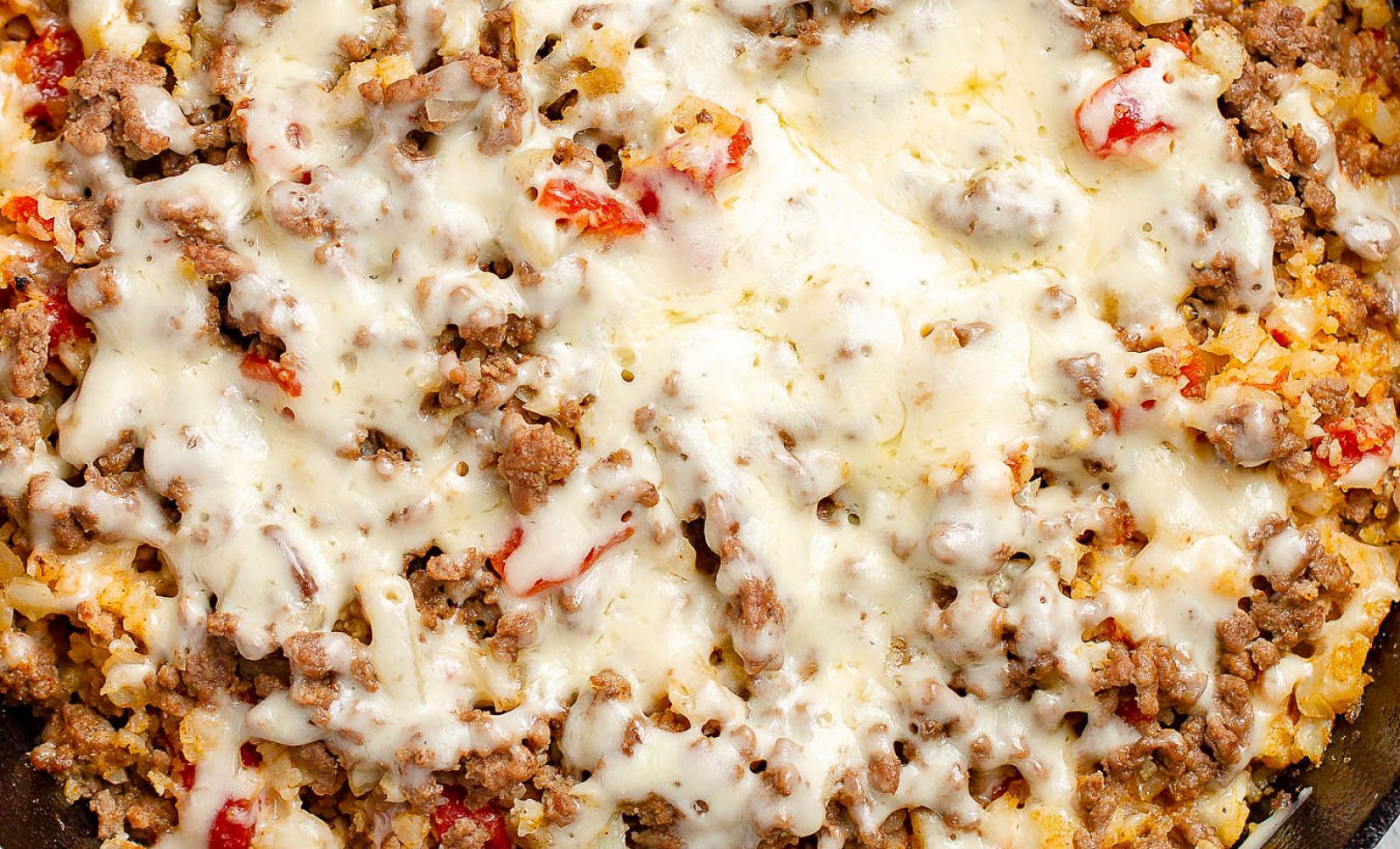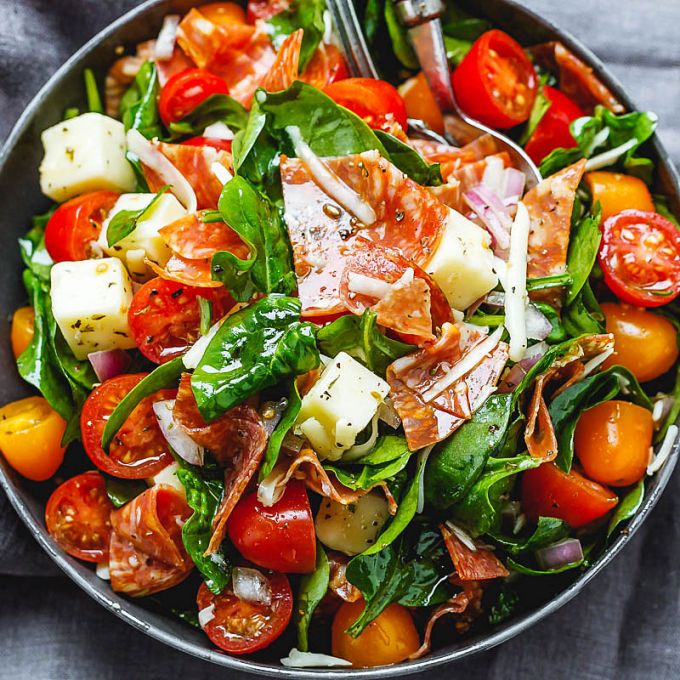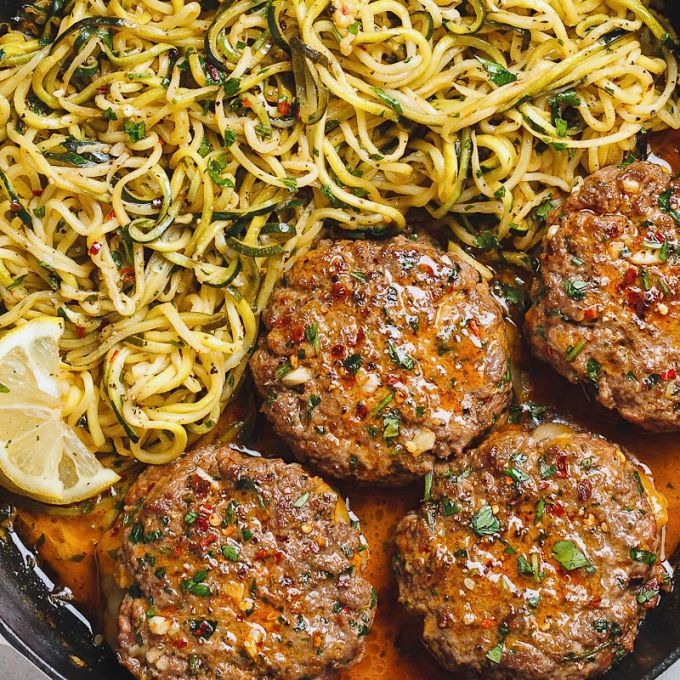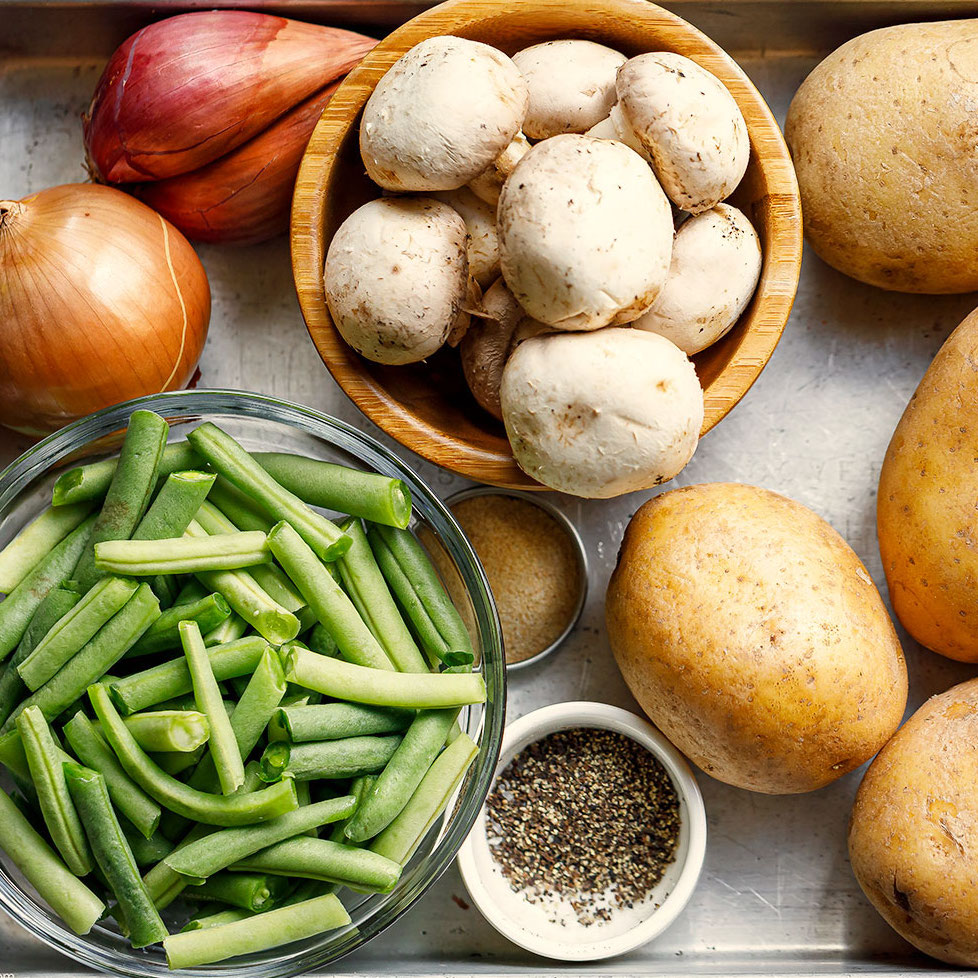 Everybody needs to eat, and what you eat is getting more and more expensive with time. It seems obvious, but it’s often largely overlooked: Eating at home is one of the most effective strategies to cut costs from your monthly bills. It is possible to prepare meals in your kitchen for a fraction of the cost of eating out and cut additional expenses like tipping the waiter, the wine corkage fee and valet parking and so on… When you’ve made the move to home cooking, you can save even more money by becoming a smarter grocery shopper. Here are 12 tips that will help you lower your grocery bill and improve the overall quality and security of your food supply in the process.
Everybody needs to eat, and what you eat is getting more and more expensive with time. It seems obvious, but it’s often largely overlooked: Eating at home is one of the most effective strategies to cut costs from your monthly bills. It is possible to prepare meals in your kitchen for a fraction of the cost of eating out and cut additional expenses like tipping the waiter, the wine corkage fee and valet parking and so on… When you’ve made the move to home cooking, you can save even more money by becoming a smarter grocery shopper. Here are 12 tips that will help you lower your grocery bill and improve the overall quality and security of your food supply in the process.
Stop eating out: As already said in the introduction. Think that just one fast food meal for a family of 4 costs between $20-30. Delivery pizza costs about $25, without forgetting the tip. These $45-55 you spend for this convenience food would buy a lot of whole foods for several days.
Start cooking from scratch: Cooking from scratch is not as time-consuming as you might expect. You don’t need to spend hours each day slaving in the kitchen (here’s a few tips on how to cook faster). Just get comfortable with a few recipes you can master quickly, then expand your culinary skills. Cooking at home is more a matter of mindset than a matter of time. Making pizza dough costs pennies compared to what you would pay at the store. A batch of cookies costs a fraction of a $3 package!
Eat leftovers: Eating leftovers is a very overlooked option. Think that you can make soup from almost anything. If you put aside small amounts of leftovers in a freezer container, you can make real homemade soup or broth for a meal that is basically free. There’s nothing better than a good family feast to collect plenty of leftovers, enough to last for several days. It’s not like you’re eating leftover 5 days a week but it doesn’t hurt to keep leftovers that can be prepared for lunch the following day or to pack for a lunch at work.
Preserve food: Whether you grow it by yourself, buy it at the grocery store or from a farmer, preserving food allows you to buy in bulk and squirrel some of that delicious food away for the winter ahead. Canning, dehydrating, and freezing fruits and vegetables are all great methods to help extend the summer harvest for use all year round.
Plan you meals smarter: Up to 40% of grocery purchases are impulse buys. Planning your meals is one of the most effective ways you can cut wastage and food bills. But be careful: When you meal plan, you typically make a list of things that you need to pick up from the store to fulfill that meal plan. This costs way more because you don’t necessary check for sales or cheaper alternatives. So don’t be enslaved by your shopping list, instead, plan your meals after shopping, not before. This seems counter-intuitive, but try dividing your groceries into a few categories: veggies, starches, meat, fish, dairy, fruit… You know you can combine them to compose your meals all week long. Just like you do with your clothes. Shop for whatever veggies you like at the moment, as soon as there’s veggies in your cart. Same goes with meat: lamb, chicken, beef, pork… all is fine if you’ve got what you need for the week. Then plan your menus according to what you have at hand, following the inspiration of that very moment. Here’s a post to help you set up a weekly meal plan easily.
Almost out-of-date items at the store are fine: A lot of times, grocery stores will mark their perishable items down right before they can’t sell it anymore. If you know you’ll be using it quickly, it’s time to stock up and imagine a menu with it!
Buy staple foods in bulk: Grains like rice, wheat berries, cornmeal, barley and oatmeal can be purchased in bulk quantities. This reduces the price to lower than the smaller conventional packages that are offered in your common grocery store.
Join a food co-op or CSA: This is a win-win solution, because you help out the farmers and you help out your family. You register ahead of time or prepay for the season and then receive a box full of good produces from your local area. You will get to discover and try lots of new things and you will cut the costs of the distributors margins.
Buy store brands: The quality and nutritional content is usually the same as the more expensive brand name. Why? Because store brands cut the costs of marketing and packaging while food items come off the factory line exactly the same. They are simply packaged into different containers. This can save you a lot of money!
Check the bottom racks: Brand manufacturers pay for shelf space, and they usually cover the cost by passing it on to the consumer. When you’re grocery shopping, take a moment to look at the lower shelves for the cheaper products that you may have been overlooking.
Choose pastured meat, dairy and eggs: Here it’s not a matter of cutting costs. Pastured products are simply more nutritious than industrial meat. Period. Ingredients derived from healthy raised animals that enjoy outdoor, sunshine and exercise are worth the extra cost as they provide added benefits when it comes to nutrition and food safety. Plus, as mainstream food costs surge upward, the gap in price is closing significantly.
Take your lunch and snacks: When you pack up some pasta salad made the day before and take it to work, it’s almost like enjoying a free lunch! Here’s a recipes round-up of our favorite lunches for work.

 New: Meal Planner
Plan your weekly meals instantly from anywhere on the web
Try the Meal Planner!
New: Meal Planner
Plan your weekly meals instantly from anywhere on the web
Try the Meal Planner!






